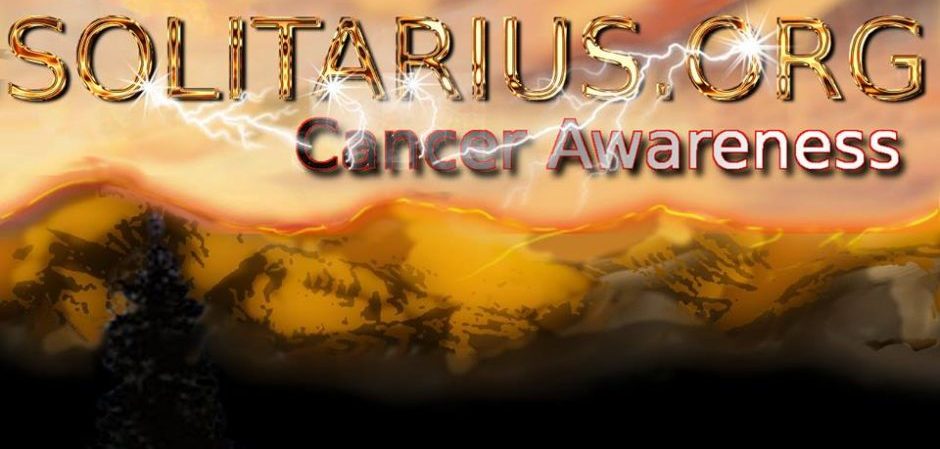
Story by Anne E. White © Eli Lilly and Company
Alzheimer’s made my mom unable to recognize her grandkids. Breakthroughs too late for her can change the disease’s trajectory—if diagnosis and treatment start early
My mother, Margaret, was the heart of our family. When my twins were born prematurely, she moved in with us to help care for them. Her support allowed me to take on being a new mom of two and a busy career during a challenging time. And her selflessness stayed with me as I helped care for her later in life when she needed it most. gns of cognitive impairment. Within a few years, Alzheimer’s disease stole her joy for cooking, love of music, and ability to recognize her grandchildren.
My father, sisters, and I shared caregiver duties, watching her with vigilance, and balancing a new dynamic in our family. I found myself sleeping on my mother’s bedroom floor to prevent her from wandering in the night. We were a private family and did not discuss my mom’s illness very much outside our immediate circle. When caring for her, our world became small, our routine focused on keeping her safe. My sisters and I wondered, Will we be next?
It would be different if my mom were diagnosed today. Nearly two decades later, we know so much more about this disease. Improvements in detection, diagnosis, and medicines are offering new hope for slowing its progression.
Studies have confirmed we have the greatest opportunity to impact this disease in its earliest stages, when some people may initially show only subtle changes in memory and thinking that differ from normal aging. People in this state, often with mild cognitive impairment, may encounter minor challenges in everyday living, and may be younger and appear healthier than society has traditionally portrayed.
Innovations in diagnostics are now able to identify underlying disease pathology—clumps of amyloid plaques in the brain. And emerging blood tests hold promise to speed and simplify diagnosis with remarkable accuracy. Just years ago, for patients like my mom, a confirmed diagnosis wasn’t even possible until after death.
Changing perceptions of Alzheimer’s disease
Moving forward, it will take all of us—people with Alzheimer’s disease, providers, and families—to change how we view this disease and how we treat it.
More people need to be aware about the importance of the early detection of symptoms, often in the primary care setting, and reducing the stigma surrounding the disease so that more people are diagnosed.
Today it can take more than two years on average to diagnose Alzheimer’s after the first symptom is detected. We need health care providers to include cognitive assessments and advanced diagnostics routinely in their clinical practice when Alzheimer’s disease is suspected. And we must advocate for access and reimbursement for diagnostic tests as well as treatments.
We need greater equity across disease states, races, genders, and generations. Promoting available and affordable options across geographic and socioeconomic boundaries and allowing care close to home should be a priority. As a new generation of caregivers begin to take responsibility for their mothers, fathers, and families, we should make sure these newly diagnosed individuals are helped as early in their disease as possible.
The progress we are now realizing will lead to more investment and research in Alzheimer’s disease that will unlock further understanding and open the door to address other neurodegenerative conditions. This moment will be a catalyst to drive progress toward understanding diseases such as ALS, Parkinson’s, and multiple sclerosis.
This is all within our reach: What were breakthroughs in science and care in cancer and cardiovascular disease in previous decades are now routine in how we treat these patients today. The same can be true in neurodegenerative disease.
Looking back on my mom’s experience, I remain deeply grateful that she continued to recognize my dad, my sisters, and me through the end of her life. When I held her hand and looked into her eyes as she passed away, I found comfort in knowing that she did not see a stranger, but a loving daughter who had felt a lifetime of love and care.
Scientific breakthroughs came too late for my mom. but they are not too late for people diagnosed today. The story of Alzheimer’s is now being rewritten. We have the chance to truly change the trajectory of this disease for many people, and we need to act with urgency to help them and those that love them.
I would have given so much to have more time with my mom, and I am so glad that many families now have that chance for more time.
More must-read commentary published by Fortune:
- I’m nearing 65 and am better than ever at my job. With more boomers opting not to retire, I’m not alone
- I’ve been practicing medicine at a renowned institution for 40 years. Society isn’t ready for us to reverse the aging process across an entire population
- My 2-year-old daughter needed a pacemaker. That spurred me to engineer a virtual heart, and now customized 3D simulations are saving lives
- I cared for my dad under ‘hospital at home’ in his final weeks. The program is missing one big piece
- For Your Patients: The Stages of Alzheimer’s Disease
The opinions expressed in Fortune.com commentary pieces are solely the views of their authors and do not necessarily reflect the opinions and beliefs of Fortune.
Learn its history and what Alzheimer’s research has discovered so far.
Also, consider investigating an Alzheimer’s clinical trial here.
Minor abnormalities, so-called amyloid plaques, and tau tangles that form in the brain and are found in specific locations throughout are two distinguishing hallmarks of Alzheimer’s Disease Dementia. Advanced testing, such as PET scans, MRI, DNA, and spinal fluid analysis, can shed invaluable light on the probability of Alzheimer’s.
Alois Alzheimer was a German psychiatrist who discovered the pathological condition of Dementia and diagnosed the disease that bears his name. Alois was born in Marktbreit, Germany, in 1864 and showed an early aptitude for science.
After obtaining his medical degree, he worked in hospitals in Frankfurt, where he met Auguste Deter, a 51-year-old woman suffering from progressive short-term memory loss. He was eventually able to isolate the pathological causes of severe Dementia, work so extensive that the condition became known as Alzheimer’s disease.
Source: click here.
Today, it is believed that “Alzheimer’s disease (AD) is the most common form of Dementia among older people. Dementia is a brain disorder that seriously affects a person’s ability to carry out daily activities.
AD begins slowly. It first involves the parts of the brain that control thought, memory, and language. People with AD may have trouble remembering recent events or the names of people they know. A related problem, mild cognitive impairment (MCI), causes more memory problems than usual for people of the same age. Many, but not all, people with MCI will develop AD.
In AD, symptoms get worse over time. People may not recognize family members or have trouble speaking, reading, or writing. They may forget how to brush their teeth or comb their hair. Later, they may become anxious or aggressive or wander away from home. Eventually, they need total care, which can cause great stress for family members who must care for them.
AD usually begins after age 60. The risk goes up as you get older. Your risk is also higher if a family member has had the disease. No treatment can stop the disease. However, some drugs may help keep symptoms from worsening for a limited time.”
Source: click here.
You may also be interested to read about the IDEA Study and how the results suggested that about a third of those diagnosed with Alzheimer’s disease in the past, now, due to recent advancements in imaging, were found not to have Alzheimer’s disease. Yes, they may have had significant cognitive impairments, but their cause was not necessarily Alzheimer’s disease, and the treatment plan was altered accordingly.
Source: click here.
Lastly, a well-known study of nuns, lasting decades, has indicated that some individuals can live cognitively intact, showing no signs or clues to significant degenerative changes, despite having the hallmarks of a Dementia pathology seen at their autopsy.
Source: click here.
Mixed Dementia | Dementia Society of America®
Lewy Body Disease | Dementia Society of America®
Frontotemporal Dementia | Dementia Society of America
Huntington’s Disease With Dementia
Chronic Traumatic Encephalopathy
Down Syndrome Dementia | Dementia Society of America
Posterior Cortical Atrophy | Dementia Society of America
Primary Progressive Aphasia | Dementia Society of America
Alzheimer’s Disease Information: Facts, Causes, Definition, and More
Corticobasal Degeneration | Dementia Society of America
Progressive Supranuclear Palsy
Sanfilippo Children’s Foundation
Batten Disease: What It Is, Causes, Symptoms & Treatment
Dementias | National Institute of Neurological Disorders and Stroke
Cerebral amyloid angiopathy: MedlinePlus Medical Encyclopedia
Types of Childhood Dementia Disorders
Scientist Discover Key Longevity Difference in Blood of Those Who Live Past 90
Discover the Countries With the Longest Life Expectancy | Watch


